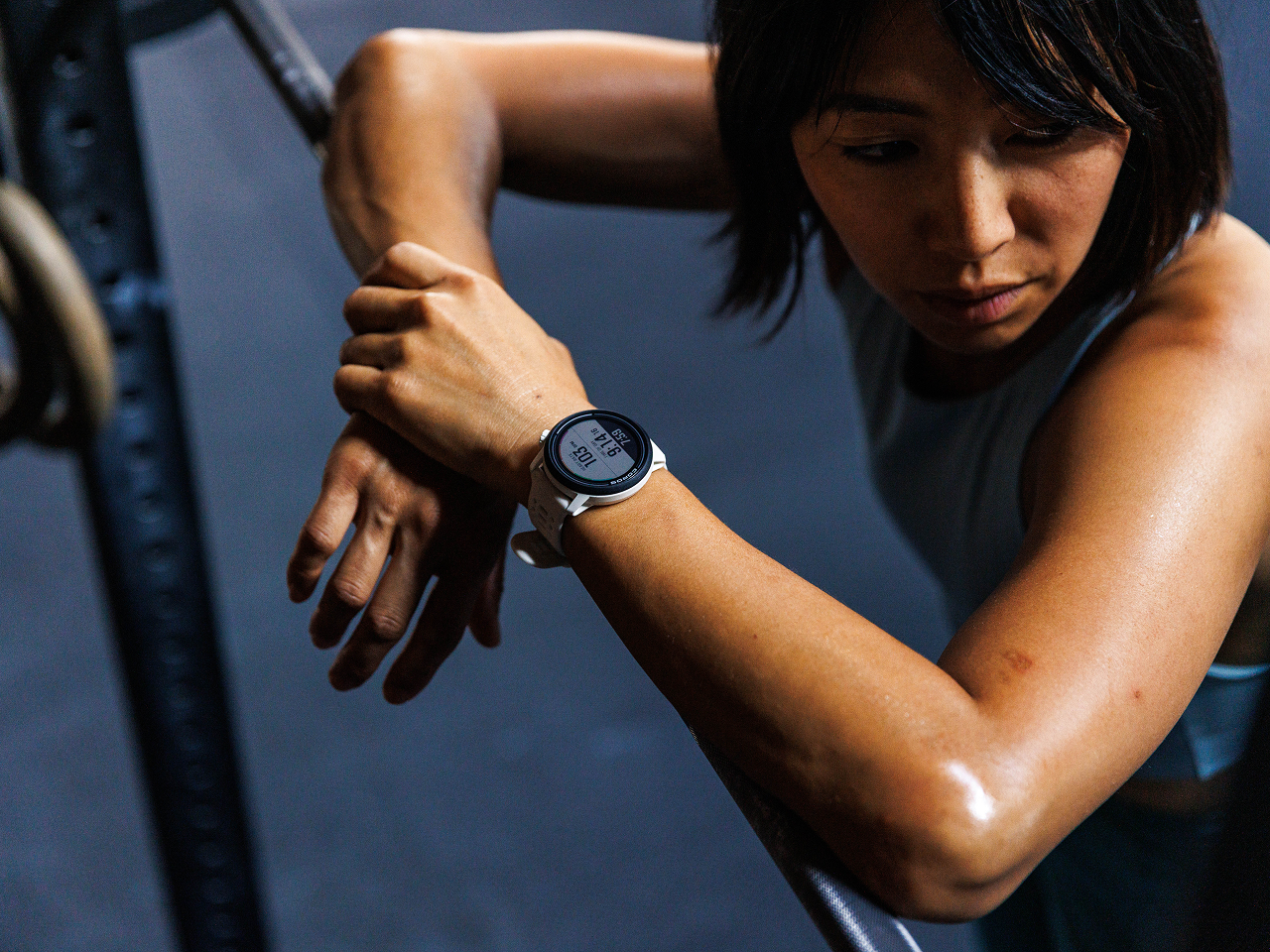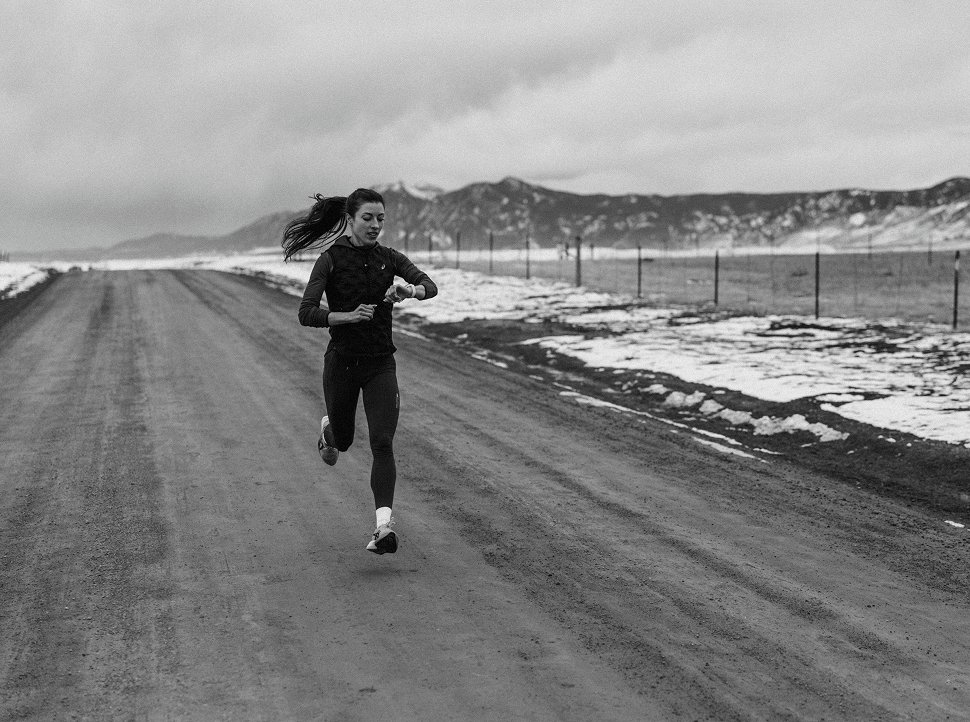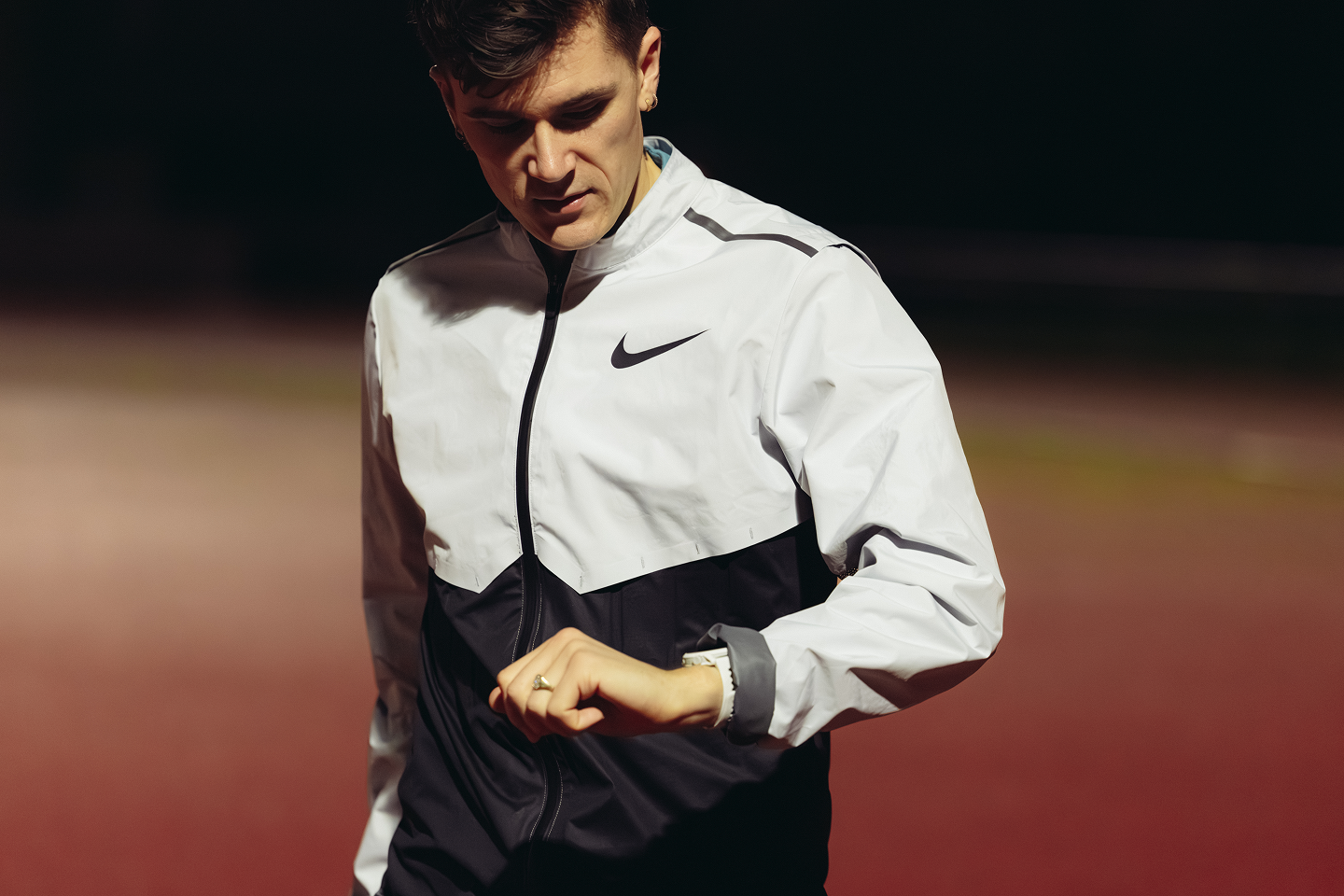Training consistently is the most effective path to improvement. But consistency only works if you stay healthy. If you're injured or burned out, you can't train consistently. There are many principles, strategies and behaviors that we can act on to reduce your risk of injury significantly. The good news: your COROS device provides clear, actionable data that can help you avoid these pitfalls.
Here are five key metrics to monitor on your COROS device to help you reduce your risk of injury & burnout - and in turn, improve your performance.
1. Resting Heart Rate (RHR)
Your RHR is the number of heart beats per minute while at rest. It can be a great indicator of general fitness, recovery, and also is sensitive to illness.
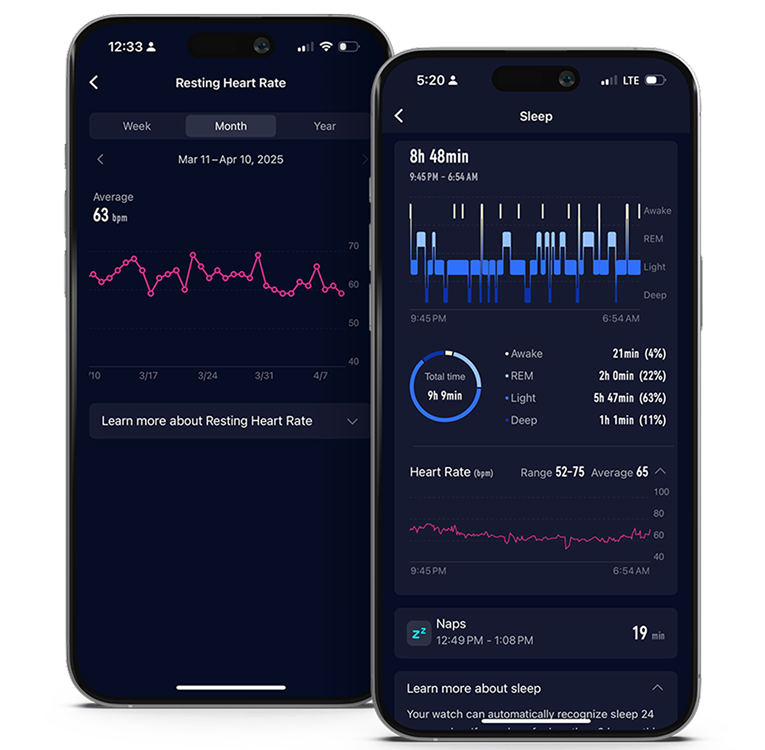
In the sleep stats, you will see heart rate data as a range (e.g., 52-75) and your overnight average (e.g, 65). These are the values used in the RHR calculation.
Your RHR will be individual, and should be stable in your own range. If you see very large changes (particularly increases) in your RHR compared to your 30-day average, it could be a sign that your body is fighting illness or injury. In that case, I would strongly suggest you reduce or even remove a training stimulus for the day.
For example, my 30-day average is 47bpm. If I saw a RHR value of above 52 which would be a ~10% increase, it would certainly make me pause and reflect in the morning.
2. Heart Rate Variability (HRV)
Your HRV is measured in milliseconds (ms) and is the time between successive heart beats. COROS measures this as the average HRV overnight.
HRV is highly individual, so it is best not to compare this to others. For example, in a large dataset with athletes that have a RHR of <41bpm, I’ve seen a HRV range from 37ms right the way up to 139ms.
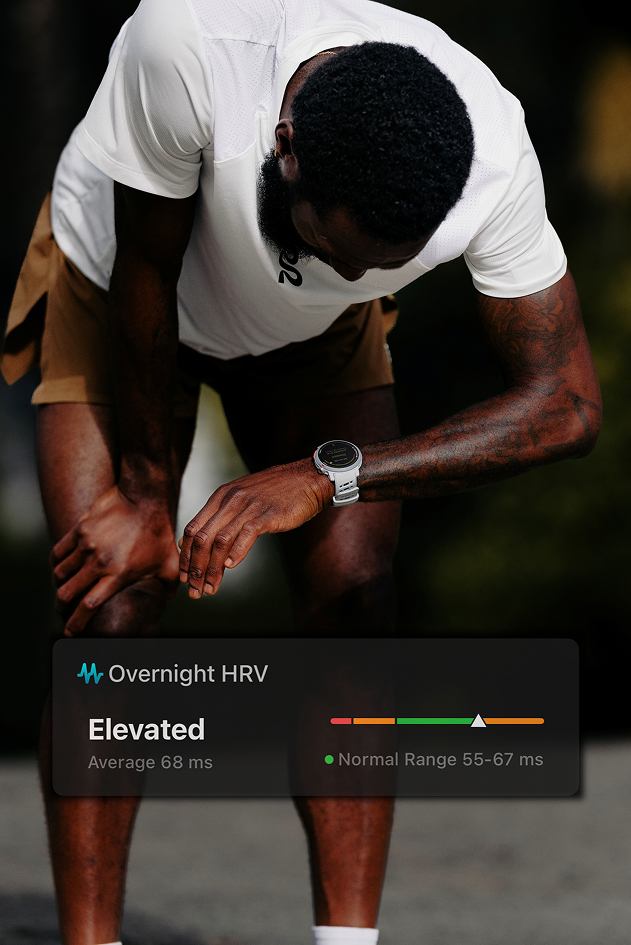
HRV on the Progress tab of the COROS App
Typically, normal for you (green) is good. Greater HRV stability (less variation day to day) typically reflects good tolerance of training load and a higher fitness level. You may see longer term trends & increases in your HRV with good behaviours such as sufficient and consistent sleep, lower global stress, improved fitness & body composition.
Similar to RHR, if you see your HRV largely outside your normal range (particularly if it is low), it may be a sign that you are excessively fatigued, ill, or over-training / under-recovering.
It’s also valuable to look at longer term trends with HRV. In the app, you select a “Month” view and it will be easier to see your changes over time. If you see lots of values below your normal range, or you see a downward trend - it might be valuable to reflect on training and recovery strategies.
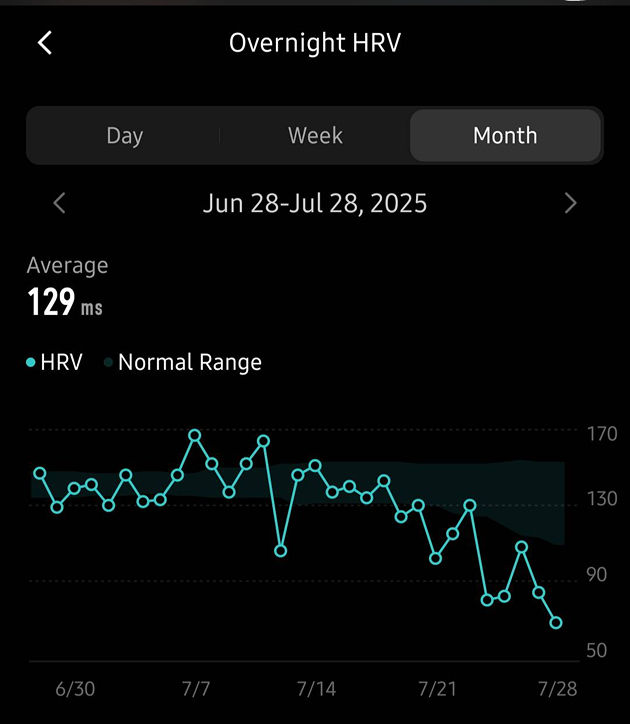
HRV showing a downward trend on the app. Trends below your normal range are worth addressing.
3. Total Sleep Time (TST)
Sleep is your most powerful recovery tool. COROS tracks how long you sleep each night when you wear your watch. Most athletes need 7–9 hours consistently. One or two poor nights won’t derail you, but chronic sleep debt can reduce training quality, increase perceived effort, and raise your injury risk.
Track your weekly sleep averages and adjust your training load if recovery time drops too low.
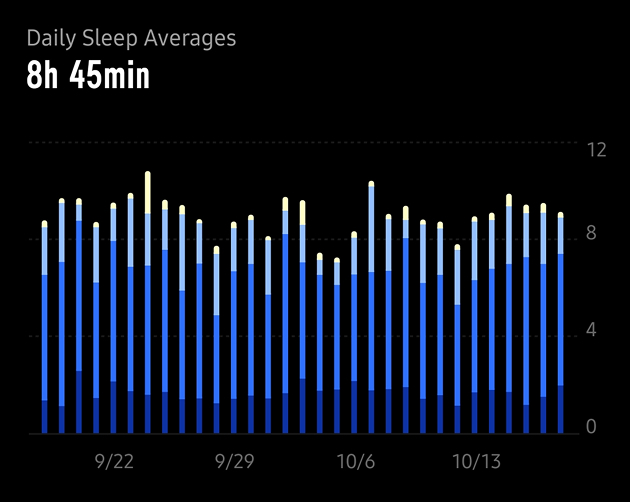
If your schedule allows, consider adding a daytime nap to increase your total sleep. Aim for 30 to 90 minutes, and try to avoid napping within 8 hours of your usual bedtime. For example, if you go to bed at 11 p.m., finish your nap before 3 p.m.
4. Training Status
This metric is the amount of training you do in an acute period (Load Impact) compared to the amount of training you are used to (Base Fitness). This is a great way to see how your current training stacks up against your typical training. When Load Impact climbs too quickly compared to your Base Fitness, the risk of injury & burnout rises.
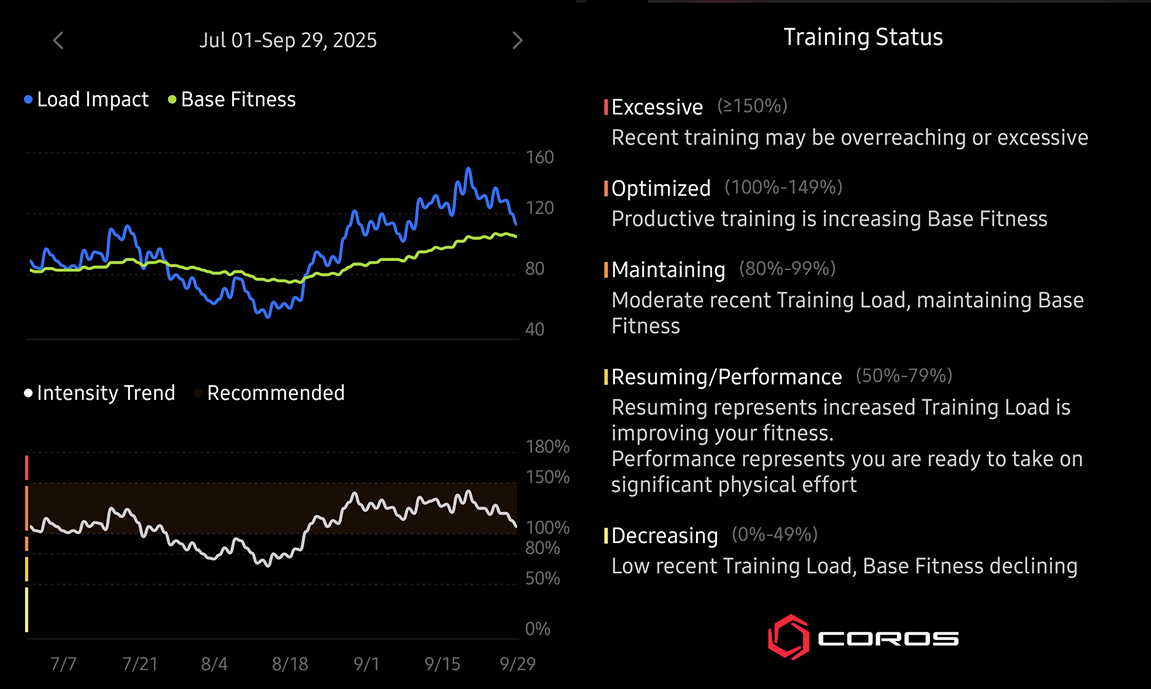
The Load Impact compared to Base Fitness is similar to a concept often studied in team / field sports. A sharp spike in training without an adequate base increases the likelihood of injury. These ratio metrics do have limitations need to be interpreted with nuance, however the principles are useful to follow; don’t do too much, if you are not used to it! In a running sense, don’t do a huge week of Training Load if your fitness base isn’t equipped to tolerate it.
5. Running Form Test
Built into each COROS watch is the Running Form Test. This 5-minute test, when completed with a POD 2, can provide you with insight into your Skill, Strength and Balance. Each factor is associated with reduced injury risk, and a detailed breakdown of each can be found here.
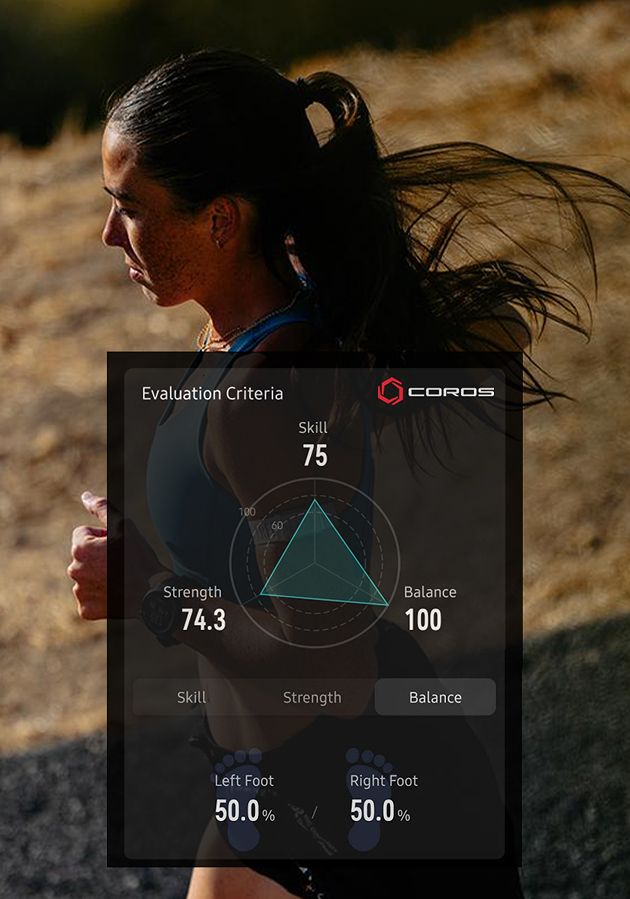
Let’s take Balance, for example, which is examining the symmetry between your left and right legs. Deviations in symmetry might help you identify overload prior to injury. An athlete I previously worked with - who tore their hamstring - showed a trend of an increasing imbalance in their hamstring strength. This imbalance grew bigger over a 3 month period and resulted in the injury. You could consider using the Running Form Test as a monthly check in, to try identify trends (like imbalances) and address them before they become larger problems. Once you identify the trends, you can use our guide to see what steps you can take to reduce your risks.
Putting it All Together
Each of these metrics is valuable on its own, but the best way to manage performance and reduce injury risk is to look at them together, along with how you feel each day. Consider these strategies to help gain insights:
Every day:
- Use the data from your COROS device (Total Sleep Time, Resting Heart Rate, Heart Rate Variability) to make tweaks and adjustments to your training volume and / or intensity. If they are within normal range for you, carry on as planned. If they are largely outside of normal, consider reducing training volume and / or intensity.
- Check in with yourself on how you feel - and use this WITH your data from your device.
Every week:
- Review your weekly Total Sleep Time and Training Status. If you need to make adjustments for the following week (either add in or take away load or intensity) - consider adjusting your plan as needed.
Every month:
- Review your monthly average total sleep time and assess if you are getting sufficient sleep.
- Consider adding in a running form test to check with your form, strength and balance. Analyse these results with the context of all of your training, and try to identify any trends that might appear after a few consecutive tests.

/filters:quality(90)/fit-in/970x750/coros-web-faq/upload/images/7b366a8c665b8bc4ed1b272ee58169f7.png)

